By Jon Diamond
As militarism grew in Japan in the early 1930s, conscription began at the age of 19, and the Imperial Japanese Army (IJA) cadet entered military service. After harsh and rigorous training with other cadets from his geographical district in the home islands, the new soldier was designated to a specific class ranking dependent on his capabilities. Officers and noncommissioned officers (NCOs) began to indoctrinate the Japanese fighting élan into their conscripts through close combat training with an inordinate amount of time spent on bayonet fighting and hand-to-hand combat. Training units seldom conducted combined arms operations since the military dictum was that infantry would win decisively by closing with the enemy with bayonet assaults. Above all, the new IJA infantryman would be imbued with a combination of obedience to the emperor and a moral essence to strictly adhere to a superior’s orders and the warrior code, Bushido, while refusing to disgrace himself and his family by surrendering to the enemy. Thus, the Japanese soldier was well known for his disregard for death. Bushido contributed significantly to a soldier’s supreme sacrifice, which demonstrated the qualities of honor, courage, and moral purity. His personal infantry weapon, the Arisaka rifle, would give him the means to exhibit these traits.
Weapons For the Japanese Way of War
Much has been written that the Japanese infantry weapons of World War II were poorly designed and manufactured and ineffective in combat. During the 1930s, the Japanese high command falsely believed that an army based on the Bushido code would not be hampered by Japan’s inadequate industrial base because it required neither state-of-the-art mechanization nor a cumbersome logistical tail. A reliance on material goods, necessitating an extensive supply network, was viewed by the dominating forces within the Japanese high command as a modern evil that could destroy the fighting spirit of the IJA.
The IJA high command consistently resisted weapons modernization, fearing that it would lead to the infantry’s abandonment of tradition of hand-to-hand combat to win the decisive victory. Thus, the general staff approved the design of the infantryman’s weapons based on close-order combat, where he was programmed to always advance, keeping the enemy unnerved and off balance.
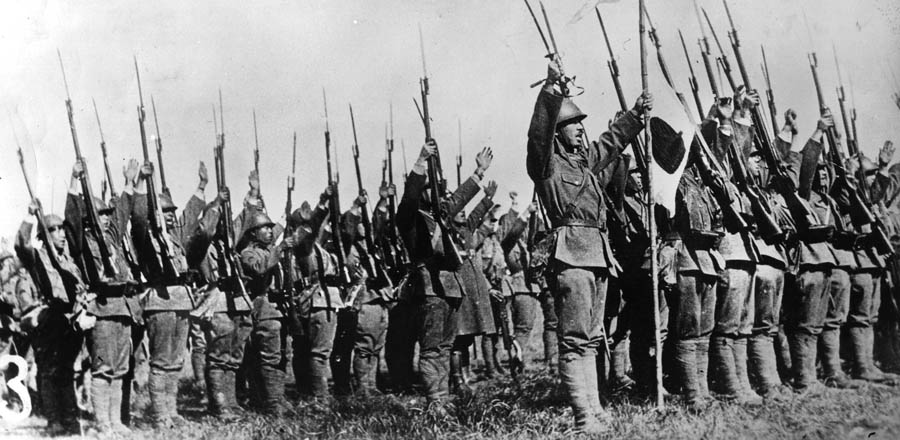
To illustrate, advancing infantrymen, after crossing the Salween River in Burma in early 1942, attacked at night in the purest martial style, that is, with fixed bayonets and unloaded rifles, in an attempt to intimidate the enemy. The IJA high command’s apparent decision to continue recommending usage of the Arisaka series of bolt-action rifles was really no different from that of other belligerent countries; the German and British Armies used their older Mauser Gewehr 98 and Short Magazine Lee-Enfield (SMLE) rifle designs, respectively, throughout the war. In the end, the Japanese rifles were rugged and reliable and earned the admiration of the Japanese infantryman under most circumstances.
The Japanese Army had built a lean, infantry-heavy force configured to win an early victory by advancing quickly, penetrating or flanking when possible, and trusting the superior Japanese warrior spirit to vanquish the foe swiftly. Attesting to this military precept, Japanese arms manufacturers never developed a semiautomatic rifle to match the American M1 Garand, nor did they or the IJA hold submachine guns in high value. Light artillery was useful for keeping the enemy’s heads down, but unlikely to kill in the jungle locales of Malaya, the Philippines, Burma, and New Guinea.
In Europe, artillery and automatic fire dominated the battlefield. In the jungle, marksmanship mattered. An unaimed bullet was likely to damage only vegetation. Among short-range weapons, the light machine gun and grenade were most valued; however, at longer distances, every Japanese infantryman was indoctrinated in the use and maintenance of his rifle. Ultimately, a Japanese soldier could always rely on dispatching his enemy with a sword bayonet attached to his Arisaka rifle.
According to historian Michael Haskew, “The Imperial Japanese Army fielded two prominent bolt-action rifles during World War II, the Arisaka [Meiji] Type 38 and Type 99. These were identified according to the 38th year of the Meiji period and the year 2099 of the Japanese calendar, respectively. Colonel Nariakira Arisaka [who died in 1915] headed the commission to develop modern shoulder arms for the Japanese military, and both rifles are commonly known as Arisakas.”
The Arisaka Type 38
After battling the Chinese in 1894, the Japanese discovered that their rifles were markedly inferior to their enemy’s Mannlicher Gewehr 88. Colonel Arisaka designed the Type 38 rifle in the late 1890s to serve as a substitute for the outdated and expensive to produce Murata rifle. The Arisaka Type 38 6.5mm (1905) was known to the Japanese soldier as the sanpachiju and was a five-shot weapon that used an internal box magazine loaded with 6.5mm cartridges via brass or steel stripper clips. It had a bolt-action system patented by Mauser. It was a reliable weapon with a weight of nine pounds (empty), relatively light for its length of over four feet (50.25 inches), which was greater in length than either the future M-1 Garand or Model 1903 Springfield rifle used by American infantry.
The Arisaka Type 38 rifle had an unusually long barrel to gain acceptable accuracy, and at 31.4 inches it produced little recoil. Its production dated back the Russo-Japanese War in 1905, and it remained continuously manufactured until 1945, during which time over three million were made. Thus, like many other belligerents, the Japanese utilized rifles that were previously used during World War I.

Although a sturdy weapon, at just over 50 inches, the Arisaka Type 38 6.5mm (1905) rifle was a bit too long for the typical height of a Japanese infantryman. In fact, many had difficulty reaching the bolt when the butt was at the shoulder in a firing position, making it difficult for the diminutive Japanese soldier to aim and rapidly fire in the jungle. Although light at nine pounds, this weight, in addition to its length, would make the weapon somewhat unsuitable in jungle conditions. However, because of its accuracy and the punishing entry and exit wounds the tumbling 6.5mm bullet would produce in its flight, it was deemed good for close-quarters in the jungle. The Arisaka Type 38 6.5mm rifle was also made in a short version with an overall length to 44.5 inches and weighing less at 8.5 pounds. Some of these Type 38 shorts were issued to infantry, particularly later in the war, but most went to soldiers of supporting arms and logistic services. It was also popular for jungle fighting, principally because of its shorter overall length.
Type 44 Carbine
A more practical carbine was needed by the Japanese cavalry after the Russo-Japanese War in 1905. One was swiftly designed with identical specifications to the longer Arisaka Type 38 6.5mm rifle; however, it was only 38.25 inches long and weighed 8.8 pounds. Even though the cavalry started using this modification, the need for a specific weapon for mounted troops was soon evident. Thus, an Arisaka Type 44 (1911) cavalry bolt-action carbine, which fired the 6.5mm cartridge, was manufactured. It was actually the same as the earlier Type 38 carbine model, except for having a folding bayonet that was permanently attached to the weapon to allow the cavalryman to fix it while mounted. It had the same overall length of just over 38 inches and a weight of just over 8.8 pounds,
but now the cavalryman would no longer have to ride with his bayonet secured to his belt. The biggest drawback was the excessive muzzle weight, making it difficult to aim, thereby diminishing the weapon’s accuracy.
Due to its more compact design, the Arisaka Type 44 (1911) cavalry bolt-action carbine was the weapon of choice for troops destined for the jungle, a place where long-range shooting was all but unnecessary and its shorter length made it easier to handle. High manufacturing costs terminated the production of this rifle in 1942.
The Arisaka as a Marksman’s Rifle
For sniping, a 2.5x Tokia telescopic scope was mounted on the left side of the receiver behind the magazine breach on the Type 38 rifle. Developed in 1937, this was referred to as the Type 97 sniper rifle and used a smaller 6.5mm cartridge. However, the performance of this gun for long-range marksmanship left a lot to be desired. It was the result of a development program that extended over 10 years and essentially produced only an Arisaka Type 38 rifle with an added telescopic sight. The sight was mounted so low above the action that the bolt lever had to be lengthened and angled downward, while the sight was offset to the left so that the shooter could still operate the bolt and use the ammunition charger.
With the Type 97’s reduced performance as a marksman’s weapon, the Japanese infantry-sniper doctrine adapted to the weapon’s deficiencies and focused on its snipers perfecting camouflage and concealment. The Type 97 sniper rifle’s low muzzle flash and smokeless propellant were effective in medium-range sniper action where firing positions would be less conspicuous. A sniper version of the Arisaka Type 99 7.7mm rifle was issued in 1942 and was fitted with either a 2.5x or 4x Tokia telescope, but this gun did not get its own designation.

The 7.7mm Type 99
It was also noted during the conflict with China that the Type 38 rifle and its 6.5mm ammunition were no longer adequate. Combat experience on the Asian mainland during the 1930s dictated that a higher caliber infantry rifle was needed. The heavier 7.92mm German ammunition used by some Chinese soldiers was more effective than the 6.5mm standard of the Japanese. From a pragmatic ballistic standpoint, the 6.5mm Arisaka rifle did not have the same range or stopping power as the British 0.303-inch or American 0.30-inch rounds. Thus, the decision to change the standard round from the 6.5mm semi-rimmed to a more powerful 7.7mm rimless cartridge necessitated production of a new rifle. Initially, Japanese industry was incapable of producing a weapon that could withstand the shock of firing the heavier 7.7mm round; however, after several different design trials the Army adopted both a new 7.7mm cartridge and a rifle that had a more forceful recoil but was as efficient with its cartridges as the rifles fired by Chinese forces.
The new gun, designated the Arisaka Type 99 7.7mm rifle, was initially produced in 1938 in two lengths. The earlier prototype had a slightly longer barrel and was heavier. A second prototype design for a gun to use the new 7.7mm cartridge was completed in 1939. This model was shorter (44 inches) and lighter (8.25 pounds) than the Arisaka Type 38. The Type 99 design was finally accepted for widespread use. The longer rifle was for infantry and the shorter for cavalry, engineers, and other specialty troops. However, only a few thousand longer Type 99 rifles were produced, and by 1940 it was decided to issue only the shorter rifle to all troops, even though the longer model remained in service.
Apart from being fitted with a forward-folding monopod, the Type 99 was identical in construction and operation to the Type 38 Arisaka rifle. However, because the Type 99 and the older Type 38 rifles were used simultaneously, this complicated logistics in that quartermasters had to now distribute two different types of ammunition for nearly identical weapons. The Type 99 rifle had a chrome-plated bore to prolong barrel life, stand up to the harsher climates of the tropics, and facilitate cleaning.
A variant of the Arisaka Type 99 7.7mm rifle was fitted with a bipod as well as an antiaircraft sight to shoot at attacking aircraft from trenches, although the latter was mainly a morale booster since it was very unlikely to down a speedy World War II aircraft. By 1943, with the war going poorly and home factories experiencing shortages of raw materials, a revised Type 99 went into production. This version had a lower grade steel in the barrel, and some miscellaneous items such as a sliding bolt cover and a sling swivel were removed. A carbine model of the Arisaka Type 99 was also produced, but this particular weapon had too much recoil.
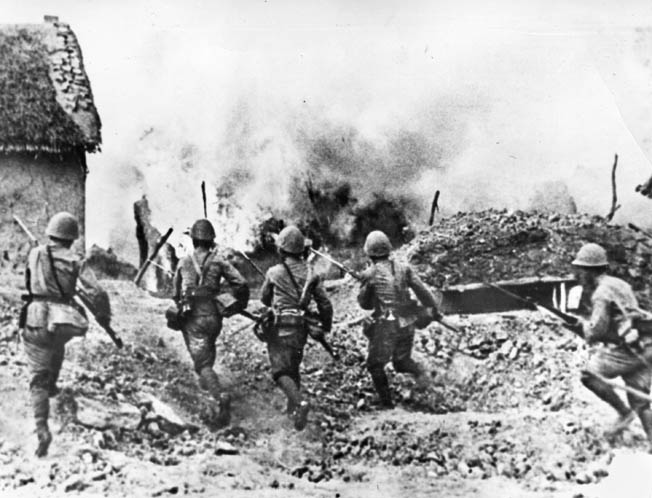
Grenades and Ammunition For the Arisaka
Both the Arisaka Type 38 6.5mm and Type 99 7.7mm rifles could be used as grenade launchers. There were basically two types of grenade launchers, one called the cup and the other the spigot. Either could be attached to the Type 38 or Type 99, and they were heavily influenced by Western designs, notably those of the United States and Germany. Japanese grenades were often attached to finned adapters to provide stability in flight. The Japanese infantryman still favored the non-rifle-based 50mm barreled Type 89 grenade discharger, which came into service in 1929 and acquired the misnomer of “knee mortar” because of its curved baseplate. The Type 89 grenade discharger could send a grenade much farther than either a soldier hurling it or launching it from his Arisaka rifle.
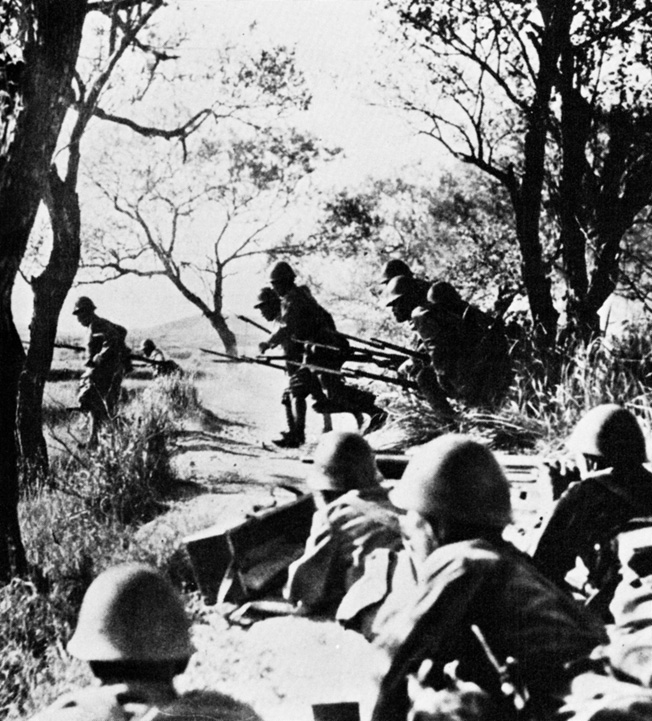
Ammunition for both Arisaka rifles was stored in glued cardboard boxes or pouches. These contained three brass or steel clips of five 6.5 or 7.7mm rounds, clearly noted on the outer labels of the boxes. Ammunition types were ball, tracer, or armor piercing, each color coded.
The Bayonet: A Japanese Infantryman’s “Officer’s Sword”
Japanese infantrymen saw themselves as modern ashigaru, or lightly armed peasant warriors. For them, Japanese doctrine stressed that the bayonet was the soldier’s most essential weapon. It was 20 inches long and was almost always fixed rather than carried, as its weight helped to balance the long-barreled Arisaka Type 38 rifle. Japanese infantrymen were such great believers in the value of the bayonet that even light machine gunners had their bayonets fixed in battle, even when not engaged in actual hand-to-hand combat.
The bayonet, or juken, that was produced to fit the developing Arisaka rifle at the end of the 19th century was designated the Meiji 30 (1897) infantry bayonet. The bayonet was as important to the infantryman as the sword was to the samurai warrior. Every soldier was issued one, whether or not he used a rifle. To the lowly private, his bayonet was his own “officer’s sword.”
The Japanese bayonet was never shortened during the Pacific conflict, while, for example, the British abandoned their sword bayonet. The bayonet remained 20 inches in length until 1945. The design and quality of the bayonet deteriorated from 1943 onward. Although its official designation was Type 30, there were many variations in the design principally due to lower manufacturing costs. The infantryman
also referred to his bayonet as his gonbo-ken or burdock sword due to its similar appearance to the leaf architecture of the plant of that name. Those leaves can grow up to 500mm in size, and their tapering appearance is similar to a sword.
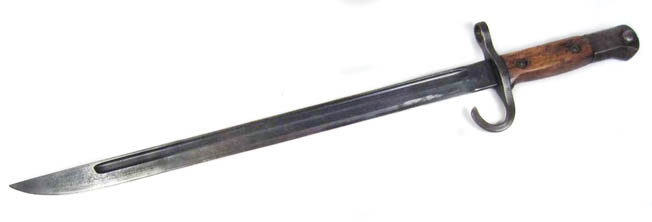
Japanese infantrymen were given frequent and rigorous instruction in the art of using the bayonet on an Arisaka rifle. The bayonet was fixed using a crossguard loop and a lock stud, both located on the pommel of the Type 30. To prevent reflection, blades were frequently covered with mud before combat operations, although many American veterans of the Pacific war reported seeing the flashing of the bayonet steel during a banzai charge.
Unfortunately, the brutality and savagery of some Japanese soldiers was evident when enemy wounded or prisoners were tied to trees for bayonet practice. This atrocity was verified in China and Malaya.
Over 10 Million Arisakas Manufactured
It has been estimated that during approximately 40 years of production over 10 million Arisaka rifles were manufactured. A 16-petal chrysanthemum on the barrel indicated that the rifle was the property of the emperor. If a rifle were to be sold, demilled, or surrendered, the chrysanthemum was usually ground off.
Both types of Arisaka rifles made before and during the war were of good quality. They were as reliable and rugged as any five-shot bolt-action rifle used by Japan’s Western counterparts. During the last years of the Pacific War, due to a lack of quality materials and bombing of the home islands incapacitating factory production, the weapons’ overall quality deteriorated. Since sufficient numbers of the Type 99 rifle were never produced, the Type 38 remained in service until 1945.
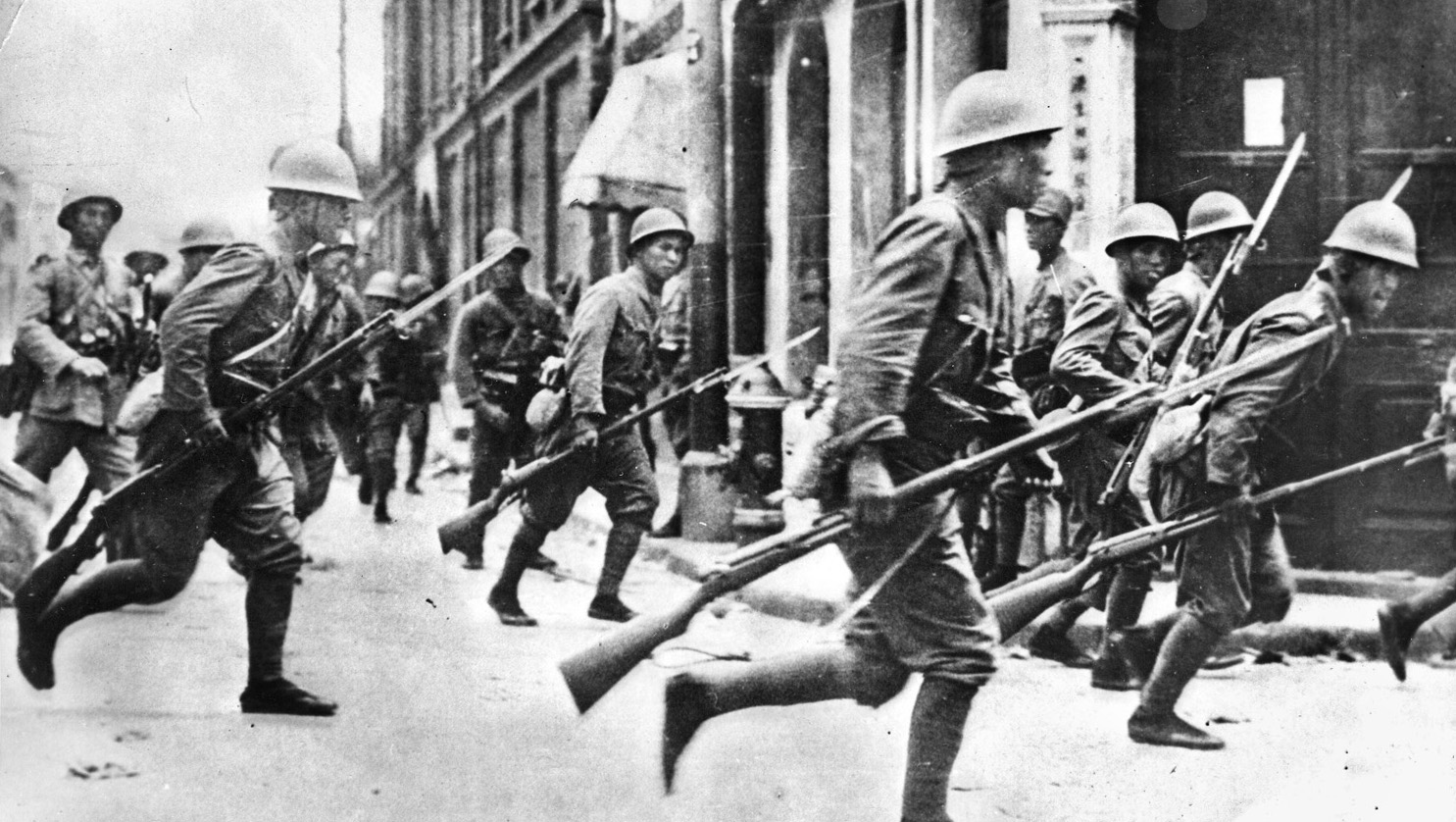
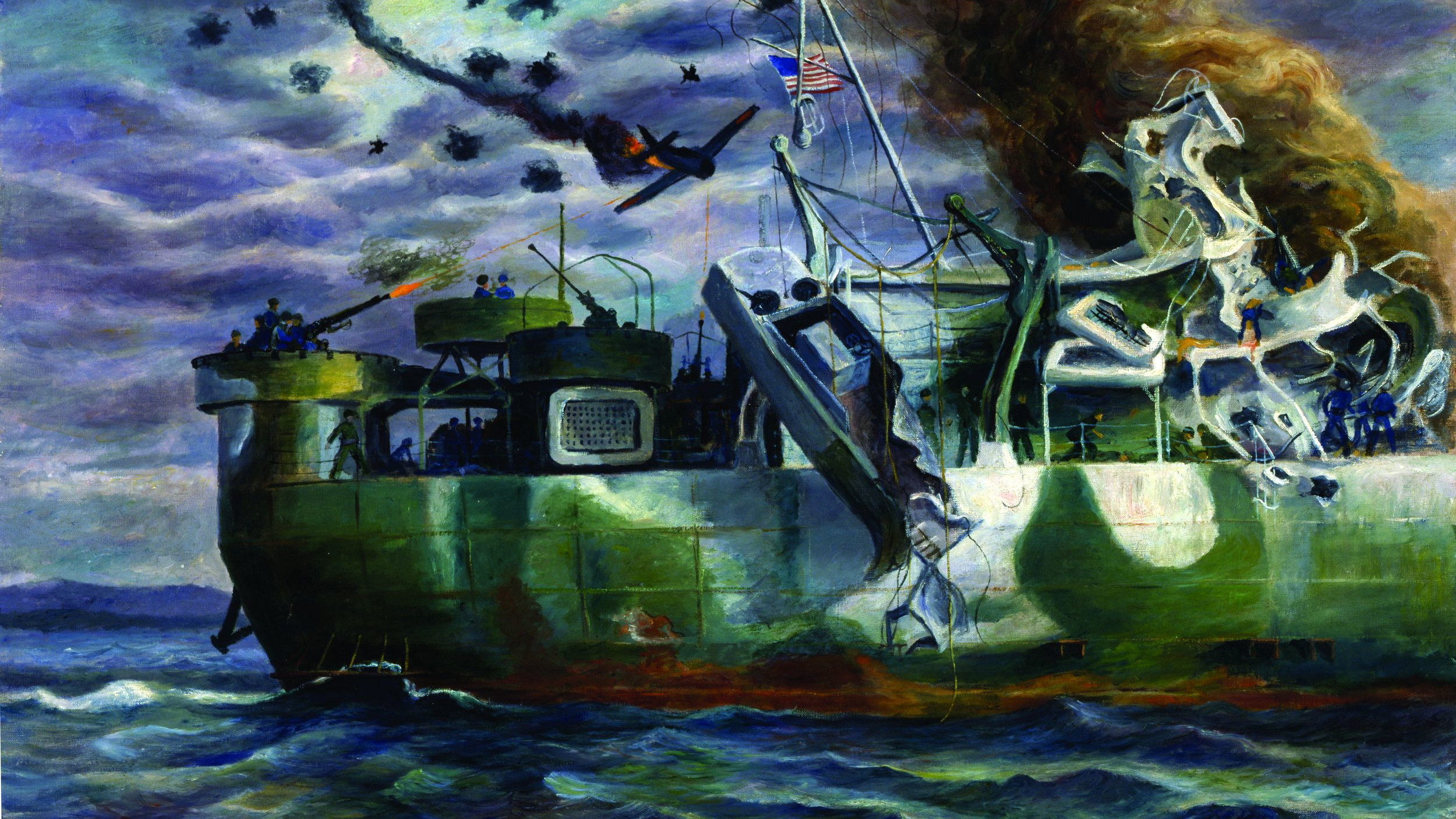
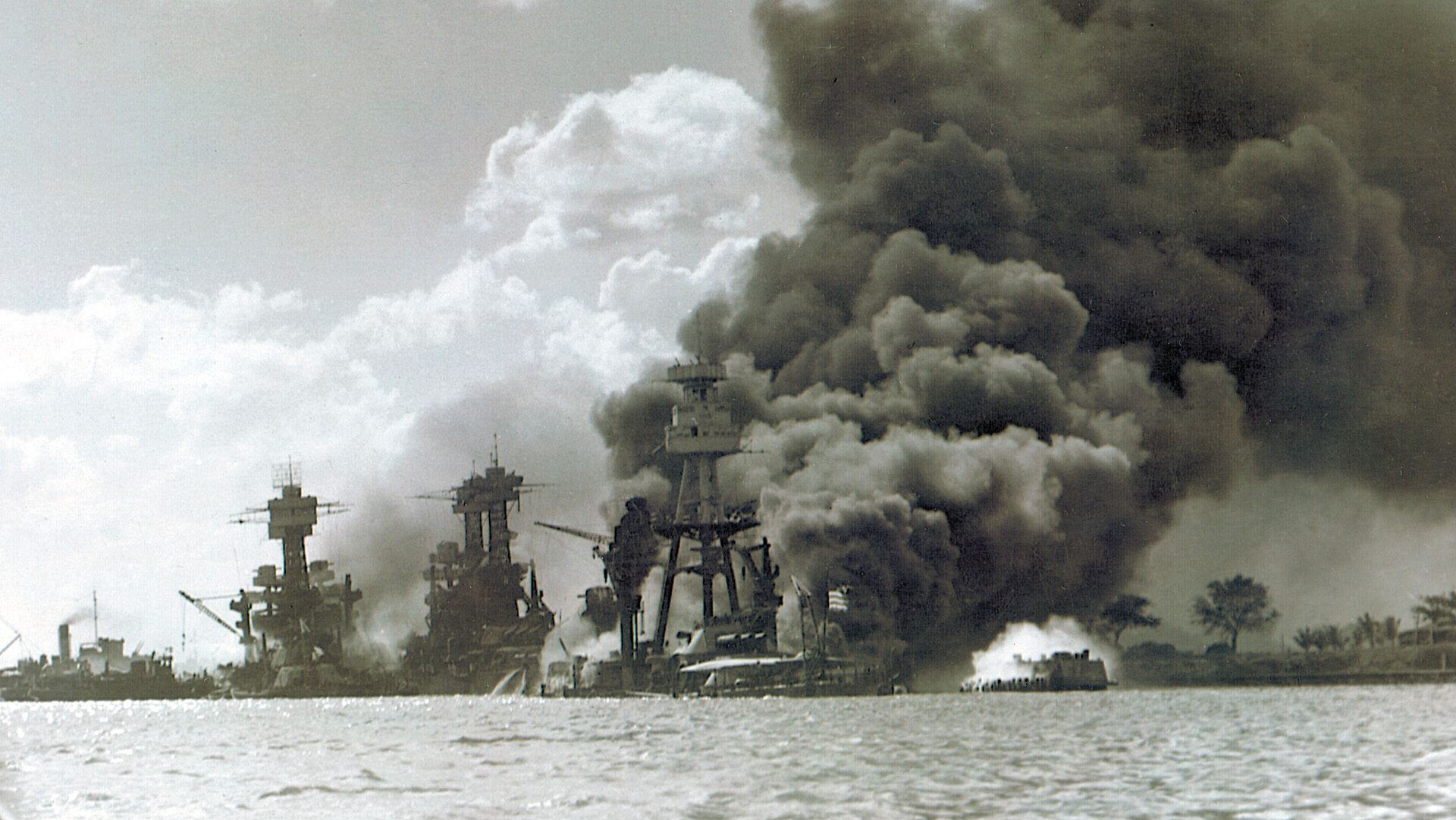
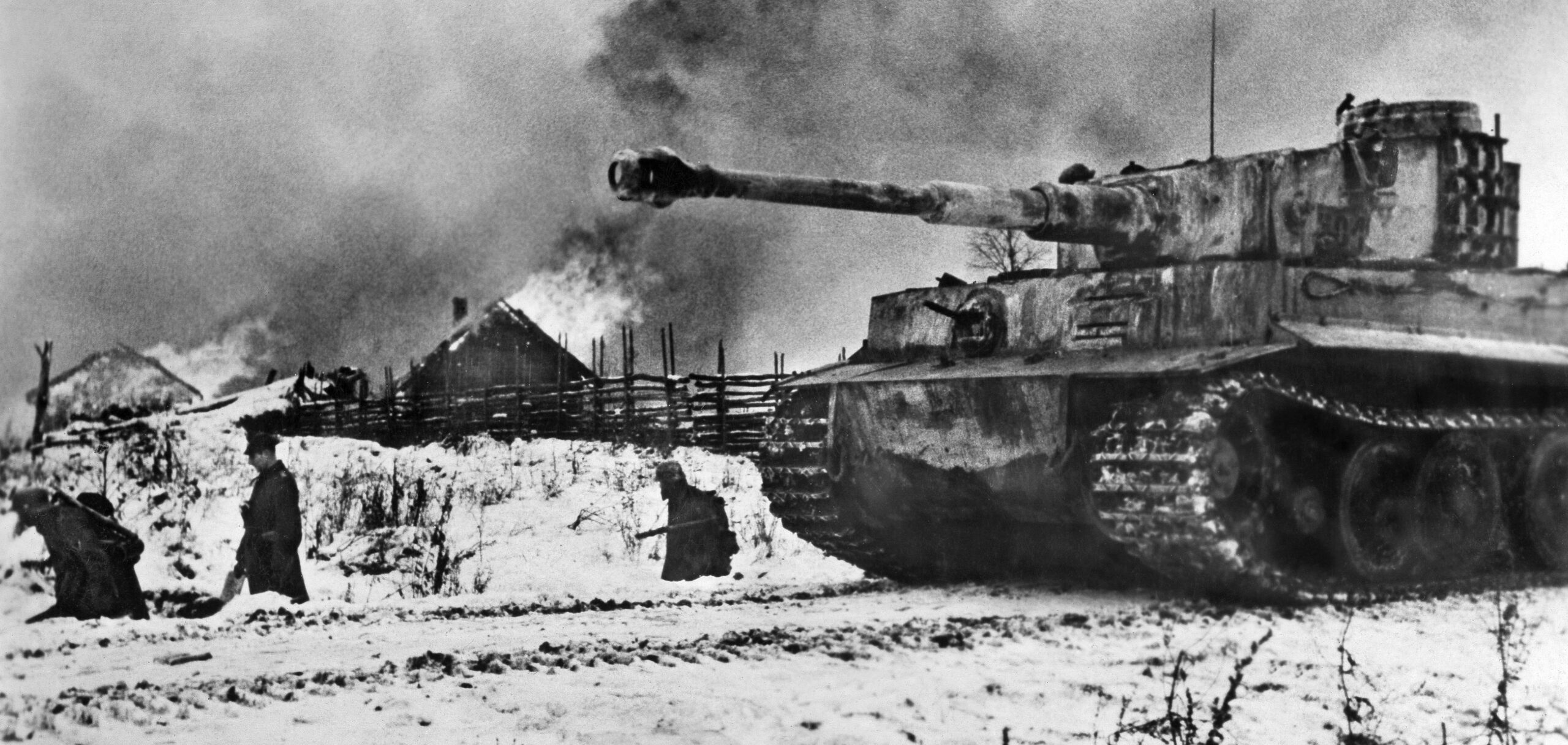
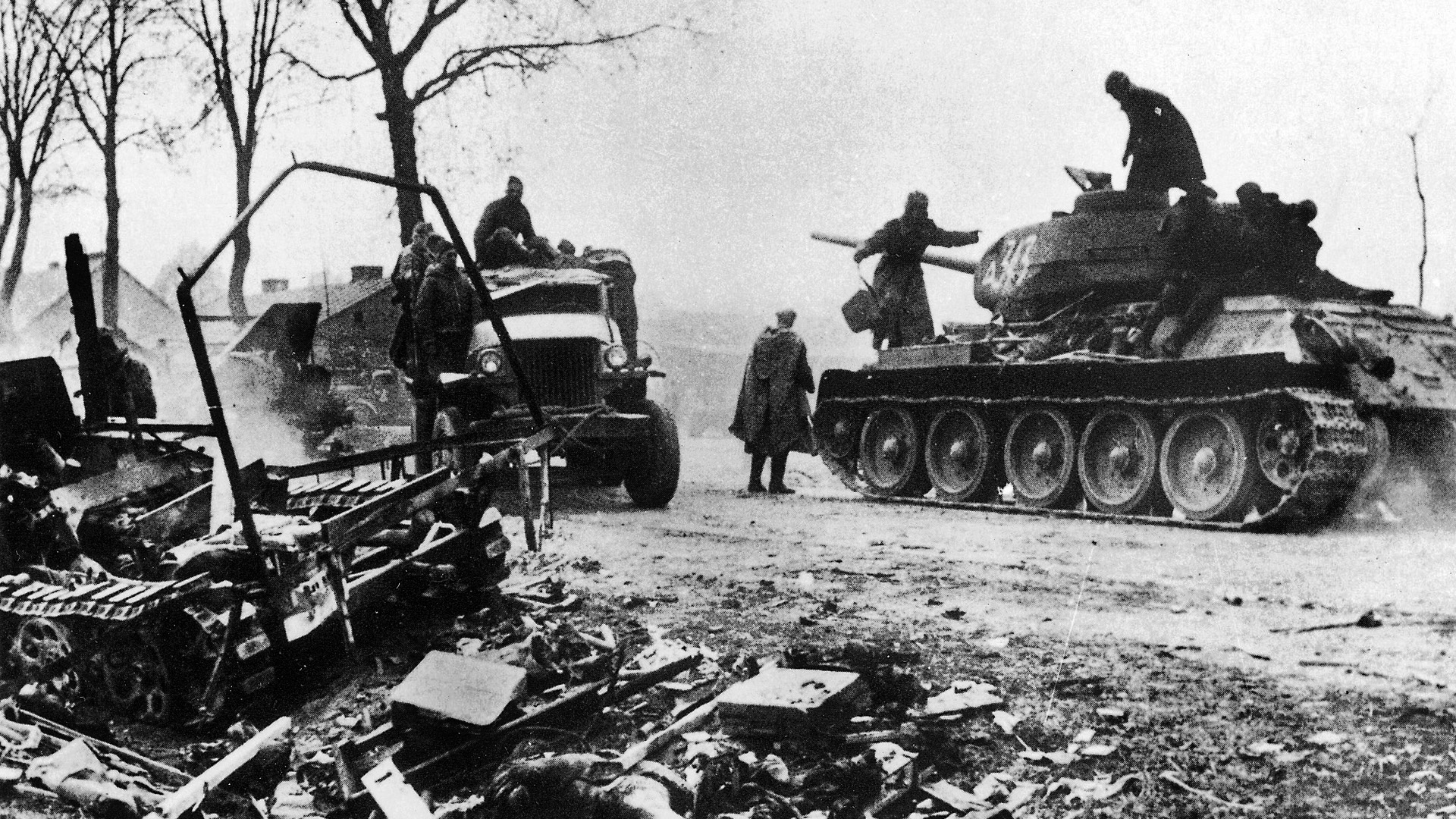
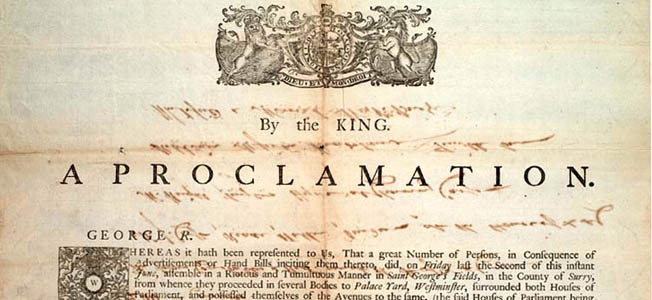
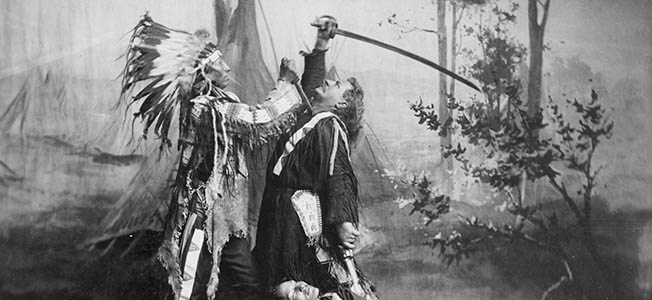
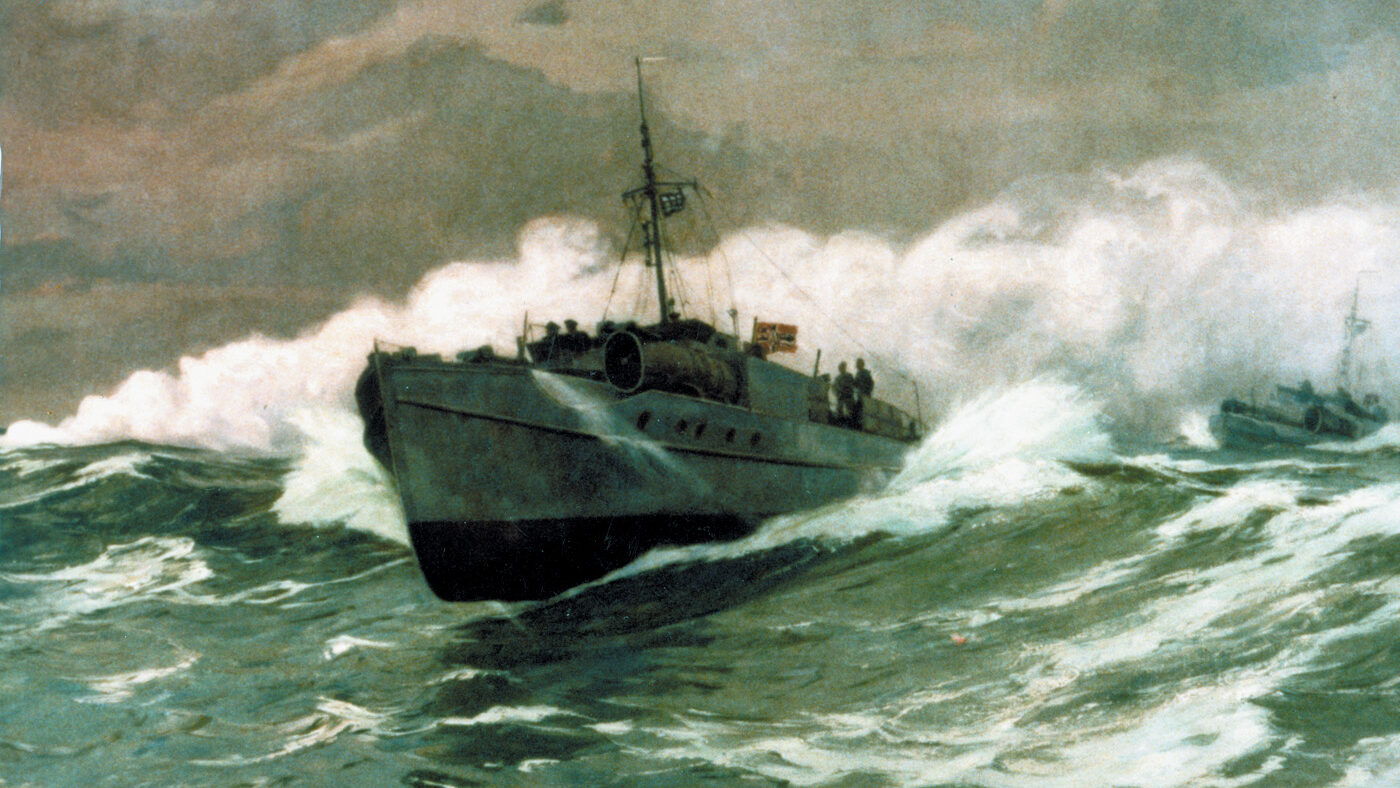
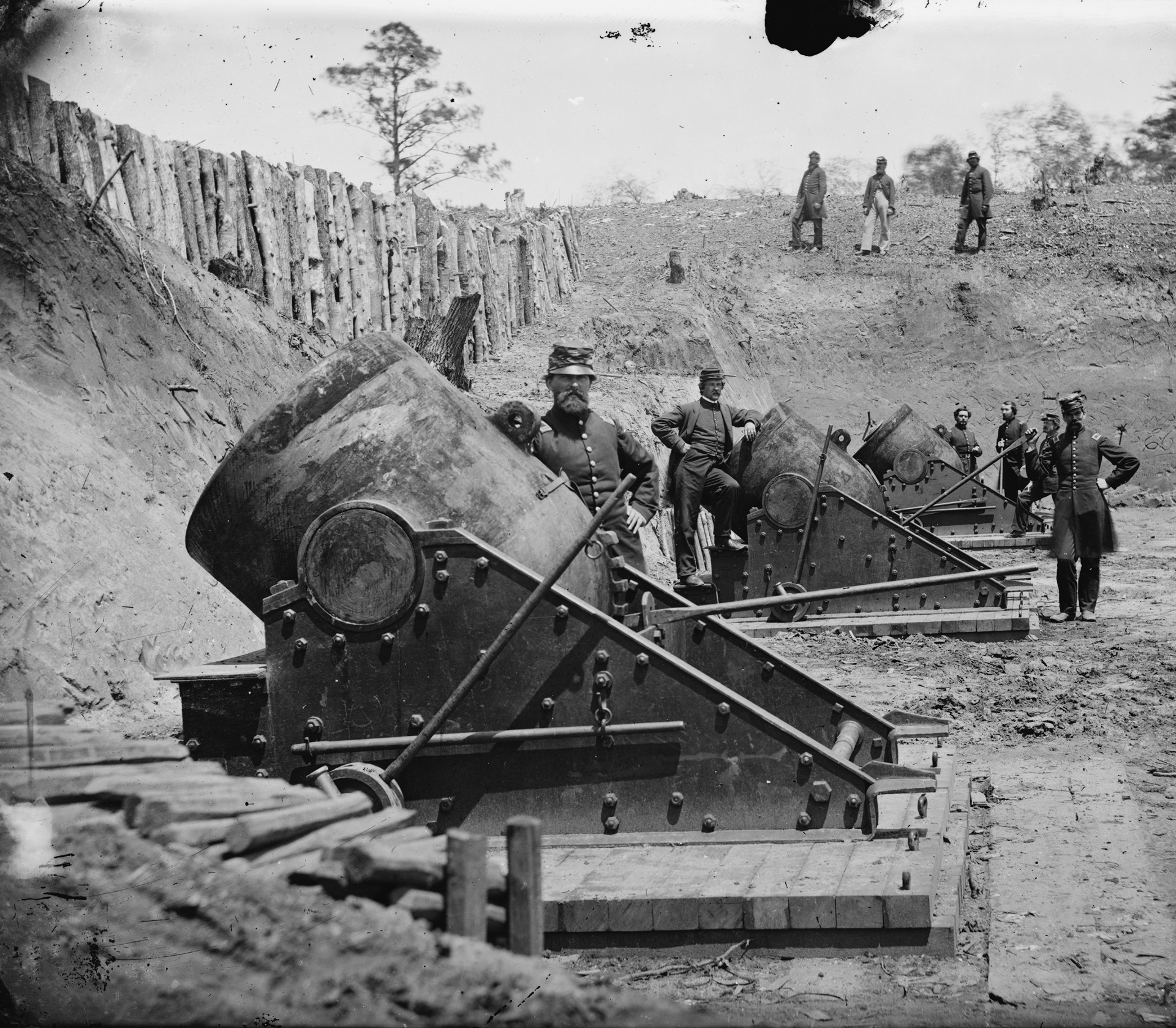
I have a 6.5 Arisaka Rifle. I don’t need stripper clips to load it.it loads like a regular bolt action rifle. Why is this?? Myron Mokris
I have an Ariska type 99, 16 petal Flower and all markings excellent shape 26″ barrel. 44′ overall length 7.7 mm. the barrel is exposed, so possibly sporterized? I believe series SN 13958 5 or 6 weight 8.25 lbs 5 rounds. I have exactly the same rifle at the Salt Lake City, UT museum. I am confused by the totally exposed
barrel vs. standard Model 38 and Type 99 rifles? Please respond. Thank you.
Sounds like you have the late war substitute model commonly referred to as the “last ditch” type 99 rifles. These rifles did not have the full length upper hand guard like the early to mid-war type 99’s had. Hope this helps.
These rifles can be loaded 1round at a time or 5 rounds at a time via stripper clips. The action on the Arisaka rifle is a modified Mauser action. Arisaka stripper clips are hard to come by and are very expensive, I have found that Swedish Mauser stripper clips work just fine. Hope this helps.
How or where can I find out a real value of my arasaki 44inch rifle with Bayonet